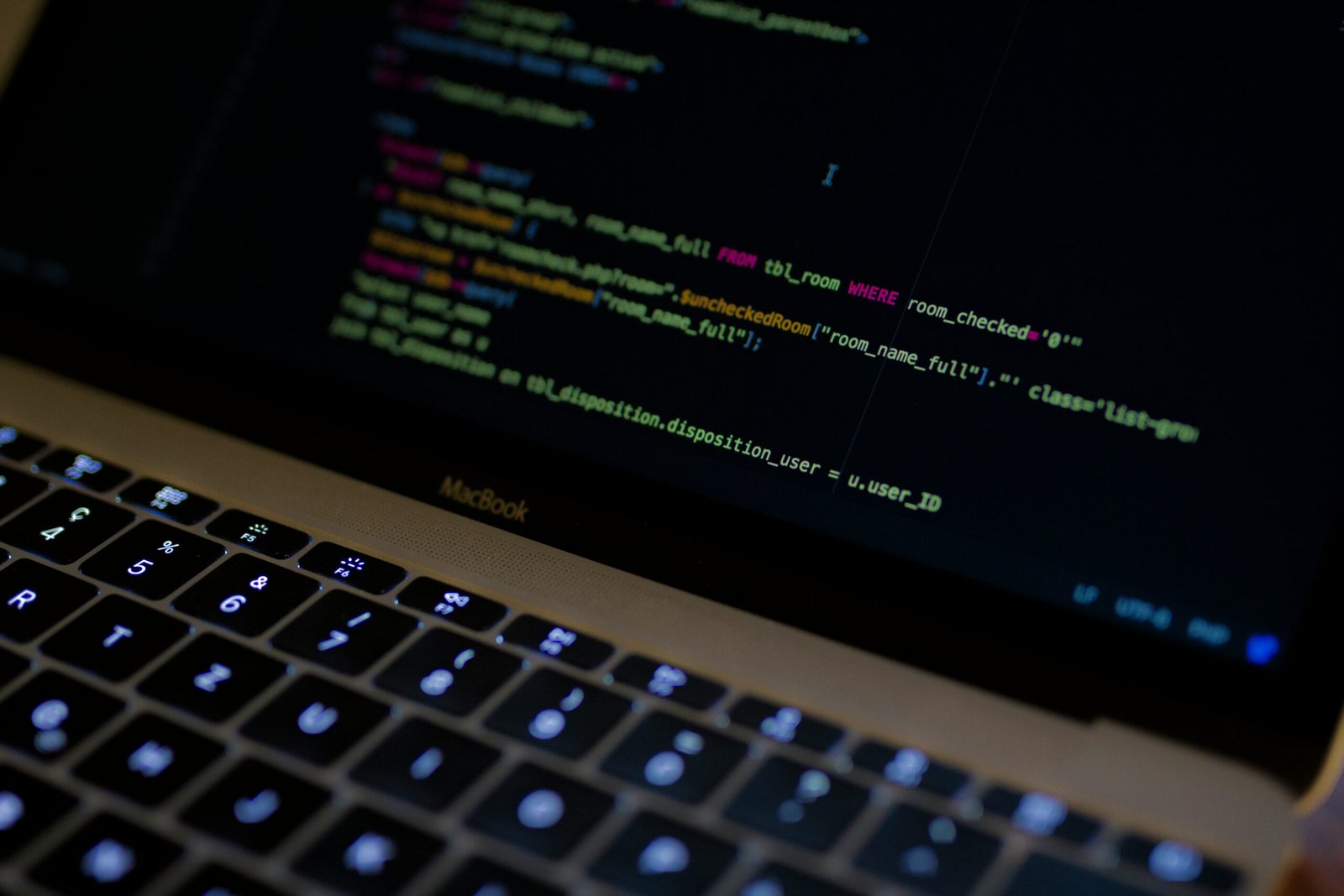Understanding blockchain technology with these 5 simple steps
In the fast-paced realm of technology, few innovations have captured the world’s attention like blockchain. Often associated with cryptocurrencies like Bitcoin, blockchain technology holds the promise to revolutionize various industries beyond finance. If you’ve ever wondered what blockchain is and how it works, this blog will break it down for you in five simple steps.
Step 1: The Basics of Blockchain
At its core, a blockchain is a decentralized and distributed digital ledger. Imagine it as a chain of blocks, where each block contains a record of transactions. Unlike traditional centralized systems, the blockchain is maintained by a network of computers (nodes) rather than a single authority.
Step 2: How Transactions are Verified
Let’s say Alice wants to send a digital asset to Bob. Her transaction is broadcast to the network and awaits verification. Here’s where the magic happens: instead of relying on a central entity like a bank, the network’s nodes work together to verify the transaction’s validity. This process involves complex mathematical algorithms that ensure the transaction is legitimate and has not been altered.
Step 3: Adding Blocks to the Chain
Once the transaction is verified, it’s bundled with other verified transactions into a block. Each block is linked to the previous one using cryptographic hashes. These hashes create an unbroken chain of blocks, hence the name “blockchain.” Once a block is added, it’s nearly impossible to alter previous blocks without changing all subsequent ones, making the system highly secure.
Step 4: Consensus Mechanisms
To maintain the integrity of the blockchain, consensus mechanisms are employed. These mechanisms ensure that all nodes in the network agree on the state of the blockchain. The most well-known consensus mechanism is Proof of Work (PoW), used by Bitcoin, where miners compete to solve complex mathematical puzzles to add new blocks.
Step 5: Use Cases Beyond Cryptocurrencies
While cryptocurrencies brought blockchain into the spotlight, its potential goes far beyond digital money. Blockchain technology can be applied to supply chain management, healthcare, voting systems, and more. Its transparency, security, and immutability offer solutions to problems of trust and accountability in various industries































